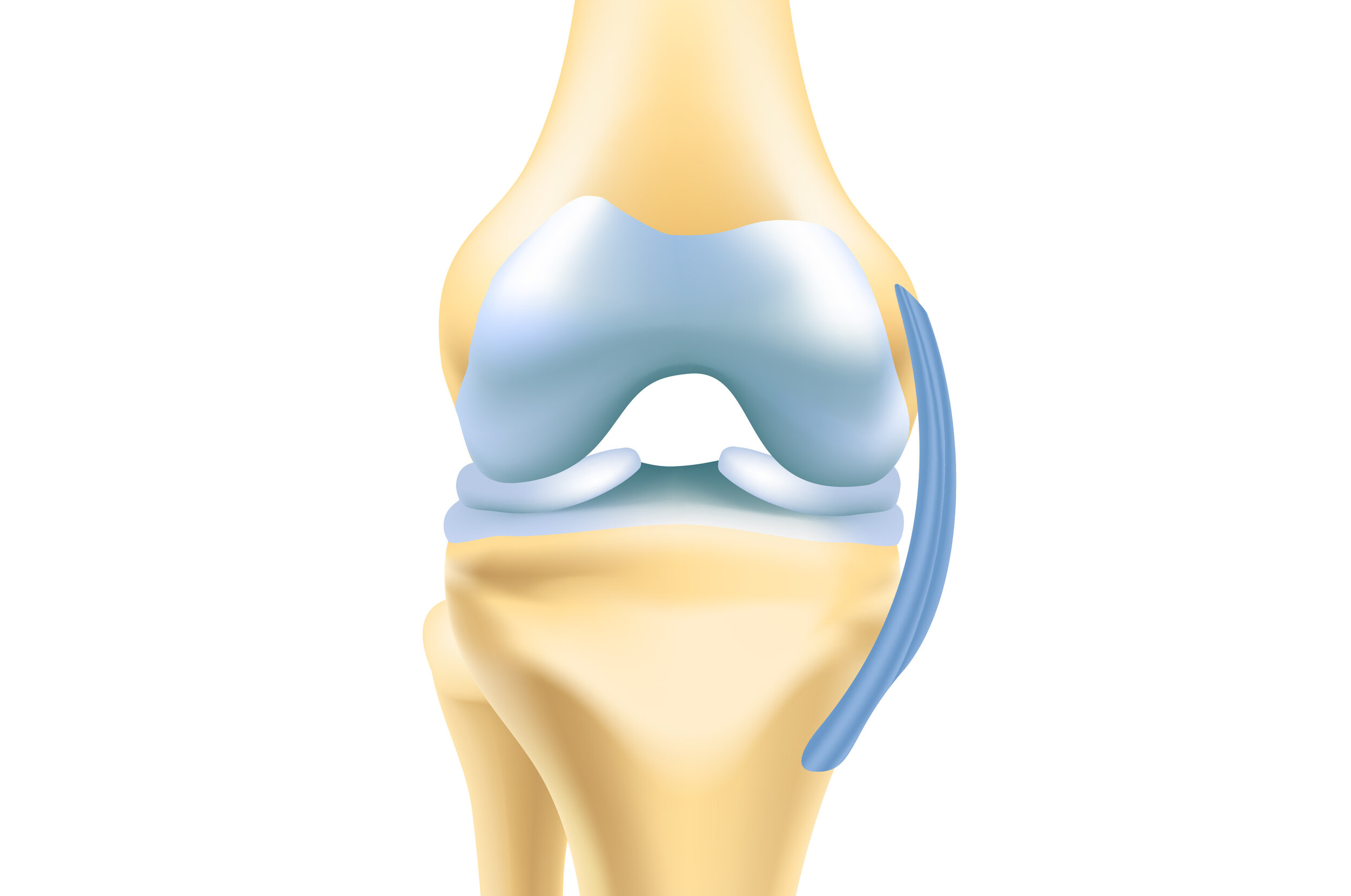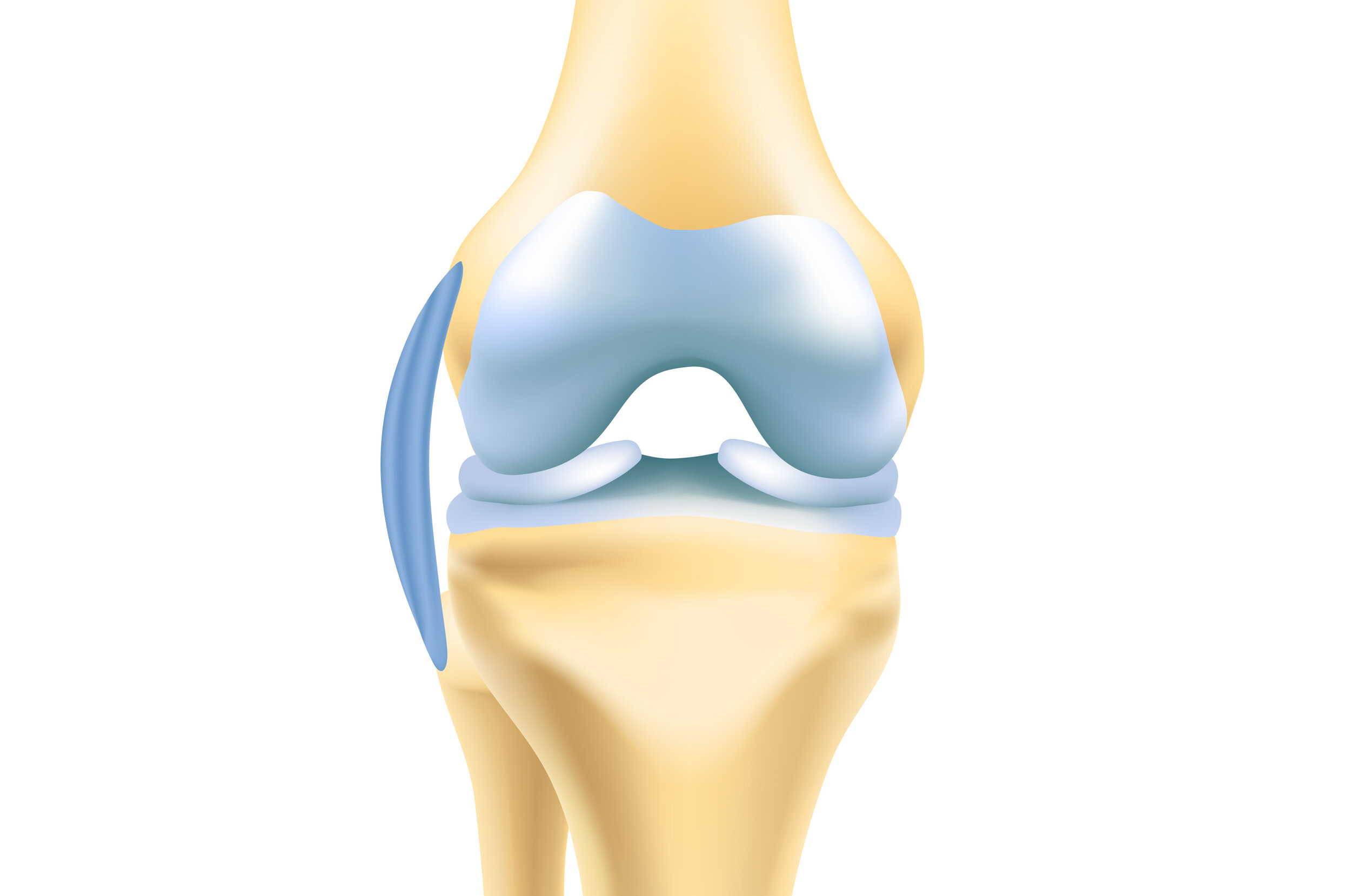Ligament Injury
The knee joint has two sets of ligaments - collateral ligaments (medial and lateral) that connect the bones on the outside of your knee, and cruciate ligaments (anterior cruciate ligament and posterior cruciate ligament) that are on the inside of your knee. If any of these are damaged, it can make your knee unstable. Mr Pai specialises in treating ACL injuries in adults and children.
Anterior cruciate ligament (ACL) injury
The anterior cruciate ligament (ACL) provides stability to the knee joint. It controls the front to back as well as the rotational movement in the knee.
Posterior cruciate ligament (PCL) injury
The posterior cruciate ligament connects the back of the femur bone to the back of the tibia bone. It is the strongest ligament in the knee and the least likely to be injured. It prevents the tibia from slipping backwards on the femur.
Medial collateral ligament (MCL) injury
The collateral ligaments are located on the sides of your knee. The lateral collateral ligament is found on the outside of the knee, and the medial collateral ligament is on the inside of the knee.
Lateral collateral ligament (LCL) injury
The collateral ligaments are on the sides of your knee. The lateral collateral ligament is found on the outside of the knee, and the medial collateral ligament is on the inside of the knee.
Multiligament injury
A multiligament knee injury is when two or more of the ligaments of the knee have been injured. These types of injuries are uncommon and require a significant force to occur. Patients are often involved in a high-velocity sporting event or a motor vehicle accident.
Posterolateral corner injury
A posterolateral corner (PLC) injury involves damage to the joint lining, ligaments, and tendons outside of the knee.






